The seventh and final part in a series on the history of how humanity conquered the sound barrier. Written by Dale J Ferrier
Rules are made for people who aren’t willing to make up their own.
Chuck Yeager
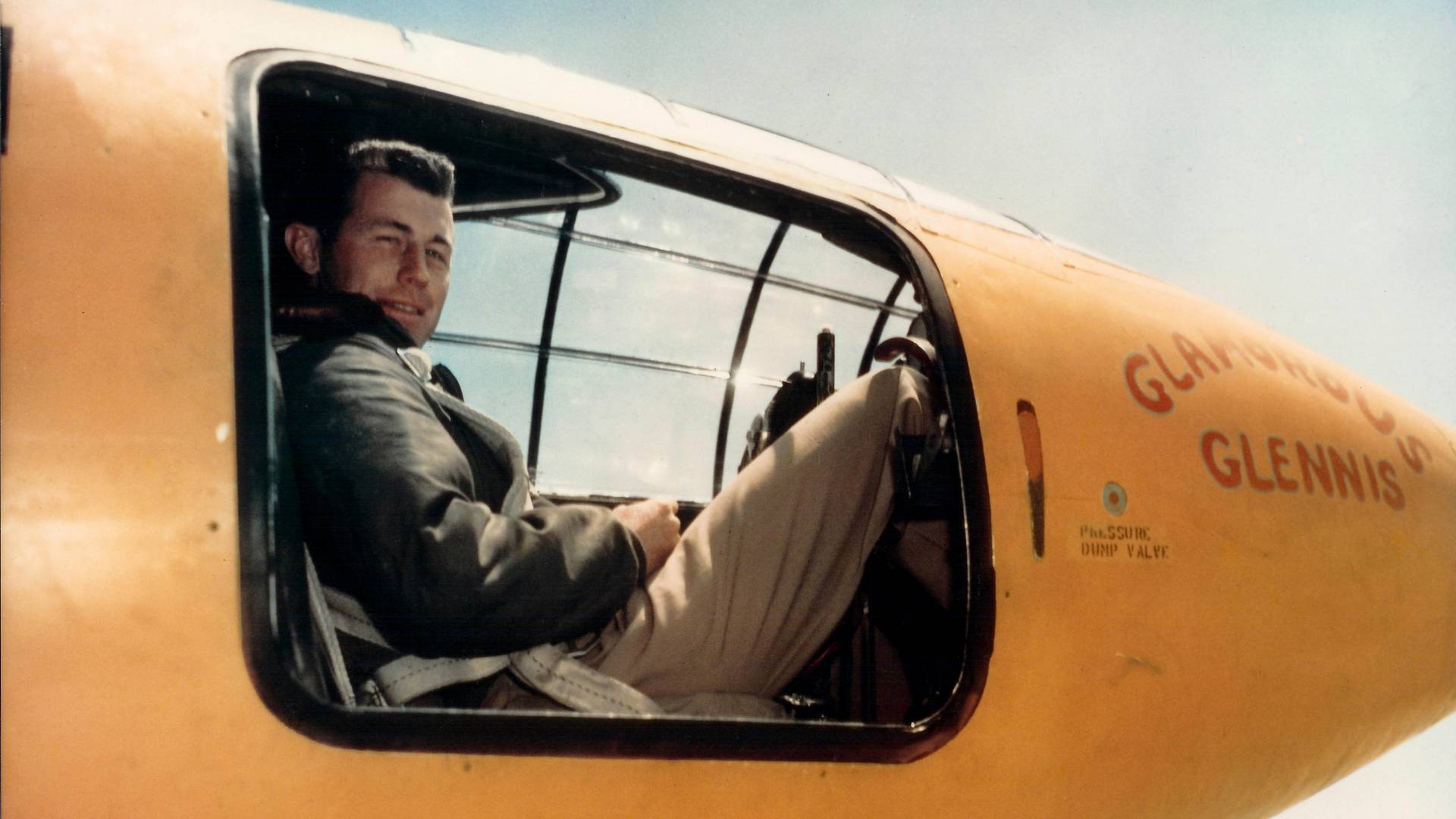
The Desert Booms
By October 14th 1947, decades of arduous research and sacrifice had led aviators to this fateful day. A B-29 Superfortress thundered into the air, under its belly a strange vibrant orange-coloured aircraft hung ready to make history.
With a pointed nose and paper-thin wings, test pilot Captain Charles E “Chuck” Yeager sat squeezed into the cramped cockpit with the hot Mojave Desert 20,000ft below. Yeager would soon be released from the rumbling bomber above, ignite the rocket, and propel his Bell X-1 – affectionately named Glamorous Glennis – into the unknown.
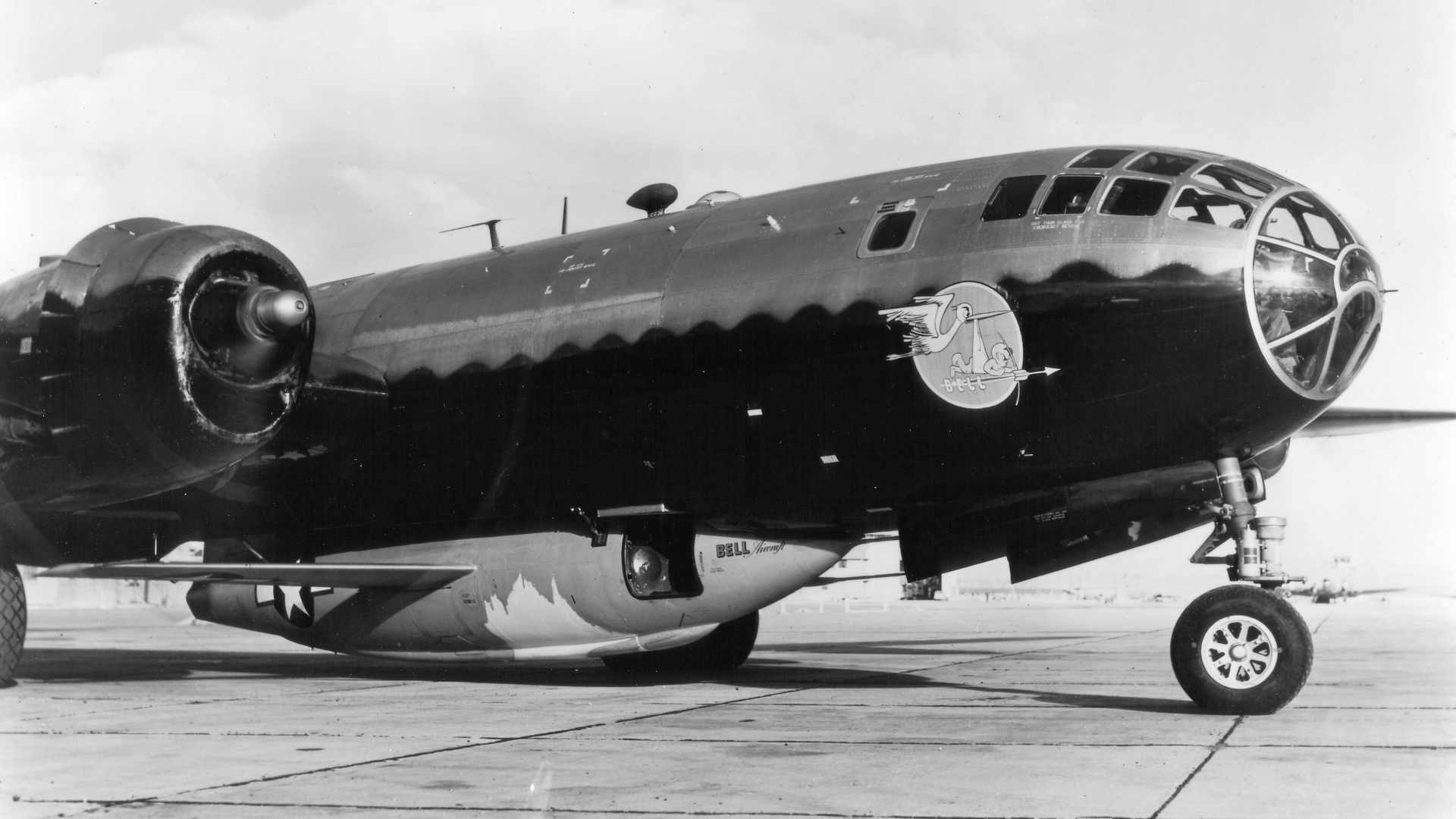
The Bell XS-1 (Becoming the X-1), or Experimental Supersonic 1, was a joint program between NACA and the US Army Air Force to develop a manned supersonic research aircraft. The Army Air Technical Service Command awarded Bell Aircraft the contract to develop and build three examples (S/Ns: 46-062, 46-063, and 46-064) on March 16th 1945 under project MX-653.
Much like its British counterpart the Mile M52, Bell’s design demonstrated a marked departure from conventional aircraft. Based on the 0.50 calibre bullet, the X-1 was made from high-strength aluminium and propelled by the XLR11-RM-5 rocket from Reaction Motors Inc.
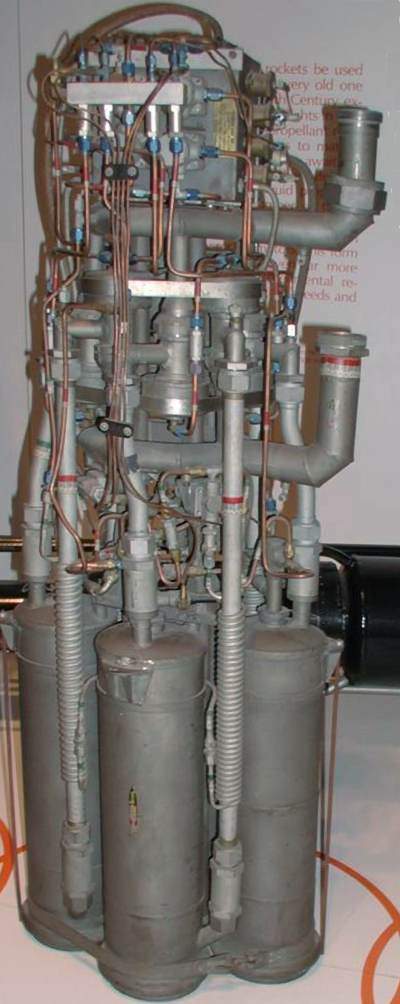
Using a mixture of ethyl alcohol and liquid oxygen driven by pressurised nitrogen, the XLR11 was capable of producing 6000lbs of thrust and was the first liquid rocket for use in an aircraft by the US. The rocket fuel and oxidizer were stored in steel tanks, and the nitrogen propellent in 12 spherical tanks which not only fed the rocket but also helped pressurise the cockpit. But the X-1 not only contained its propulsion system, it also carried over 500lbs of flight test equipment to provide valuable data.
Although the X-1 was airdropped for its October flight, it was designed to be capable of taking off from a runway, doing so on January 5th, 1949 also with Yeager. But with the associated performance penalties and risks, ground launches were not routinely performed and the X-1s would be air-launched by B-29s or B-50s.
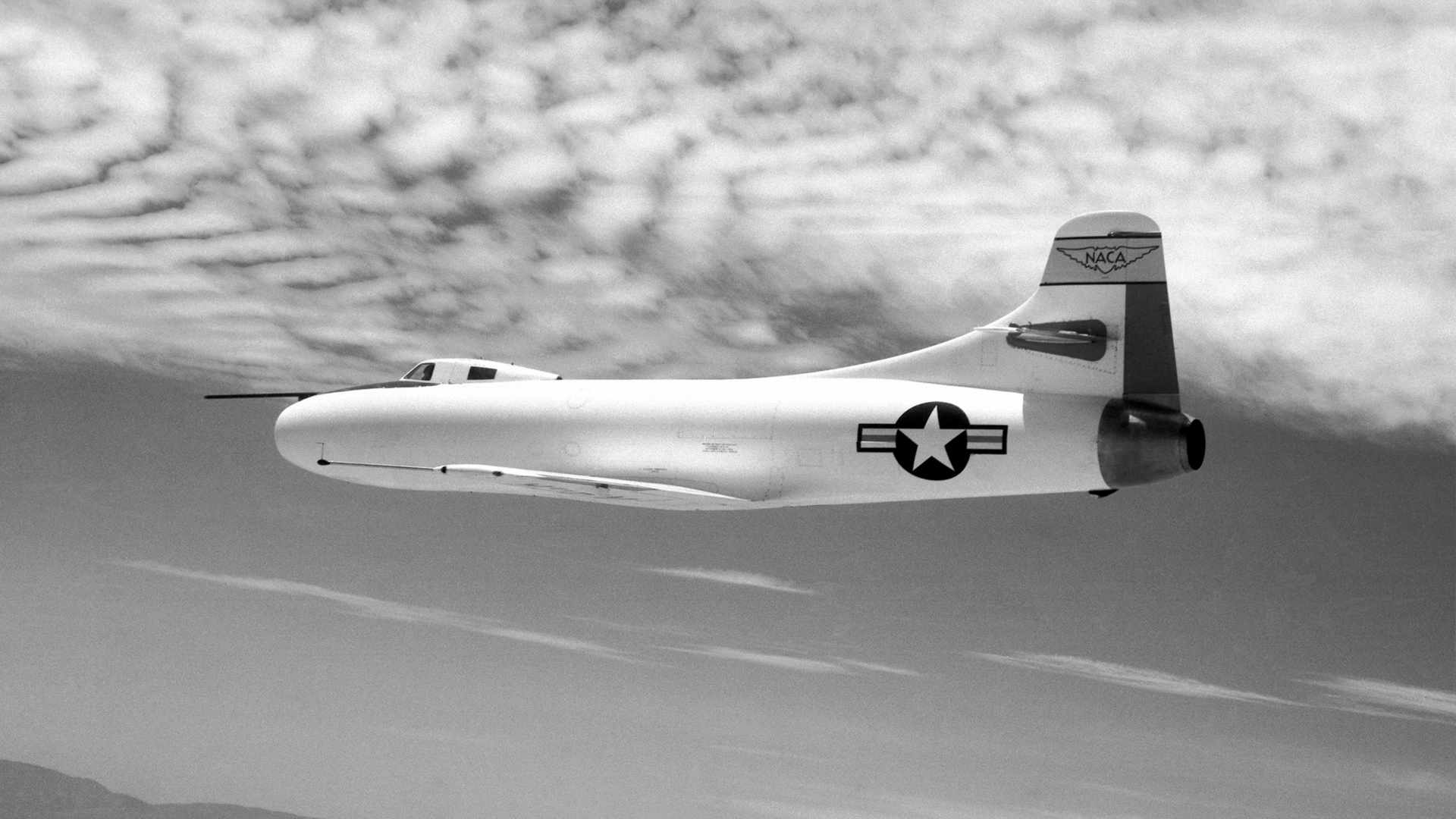
The X-1 was not the only supersonic aircraft in development at the time. Under the Research Airplane Projects Panel, which also oversaw the X-1, the US Navy were getting in on the action too. Although the rocket showed the best promise for providing the necessary power and was the option chosen by the USAAF, the Navy was already eyeing operational requirements.
The turbojet couldn’t offer the same thrust as a rocket but provided much greater longevity and less risk – launching rocket aircraft from crowded aircraft carriers would be just asking for disaster. For this, the Navy turned to Douglas who developed the D-558 Skystreak. Looking more tubular than Bell’s ‘bullet’, the Skystreak earned the nickname the flying test tube.
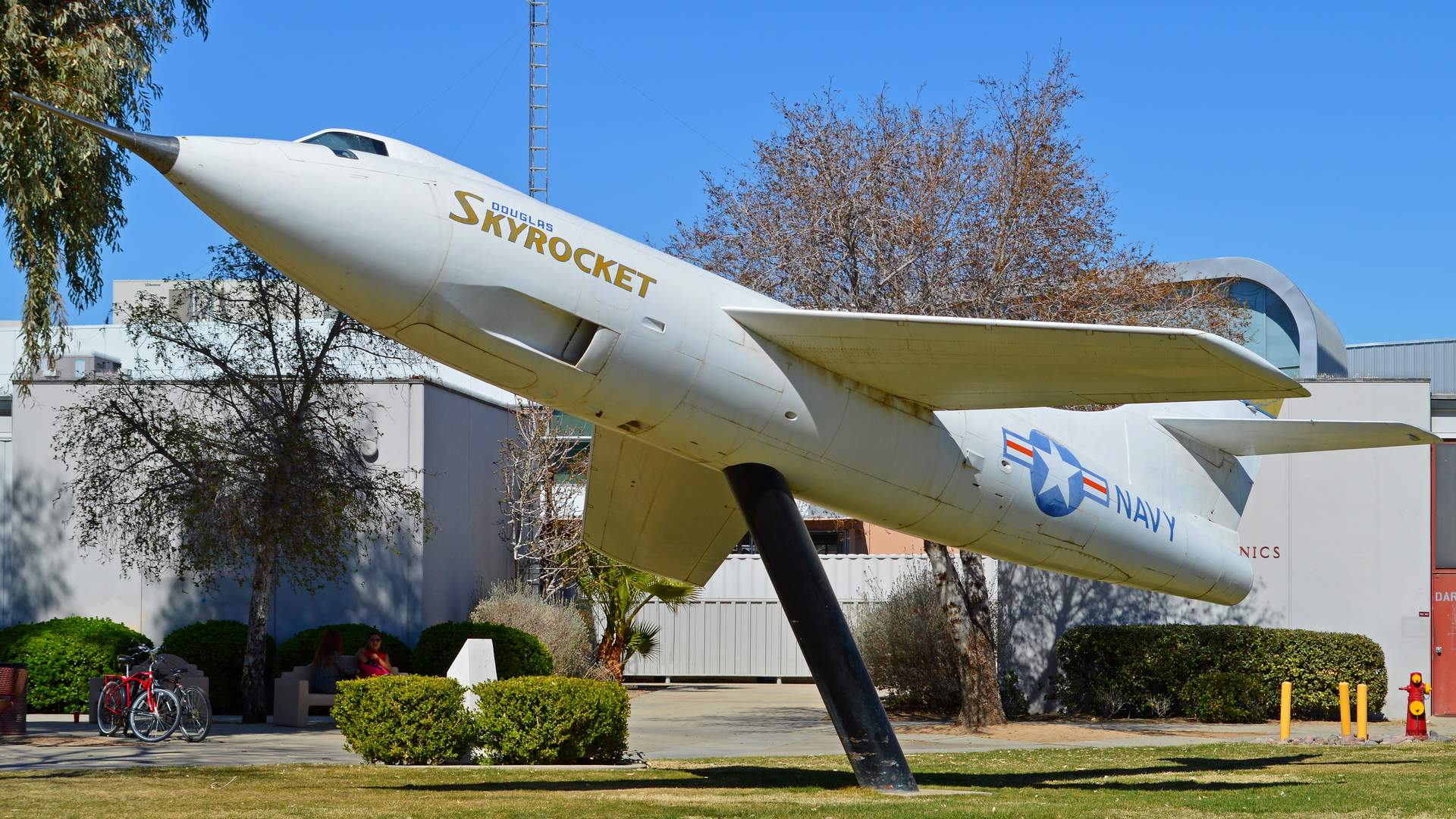
As we saw earlier, the swept-wing designs emerging from a freshly defeated Germany caused great alarm among the Allies, and this anxiety became apparent in the decision to split the Skystreak project into three straight-wing examples and three swept-wing examples, the D-558-1 and D-558-2 respectively. Despite what the swept wing offered, the razor straight wing was validated on the X-1 but did show the fine tolerances involved in penetrating the sound barrier.
The first X-1 had an 8% chord, whereas the second had a 10% chord. There was a great increase in drag for the 10% wing compared to the 8% wing. On the rocket-propelled Bell, this difference was easily overcome, but for the straight-wing D-558-1 with its 10% wing chord, its turbojet could not push the aircraft through the transonic drag spike.
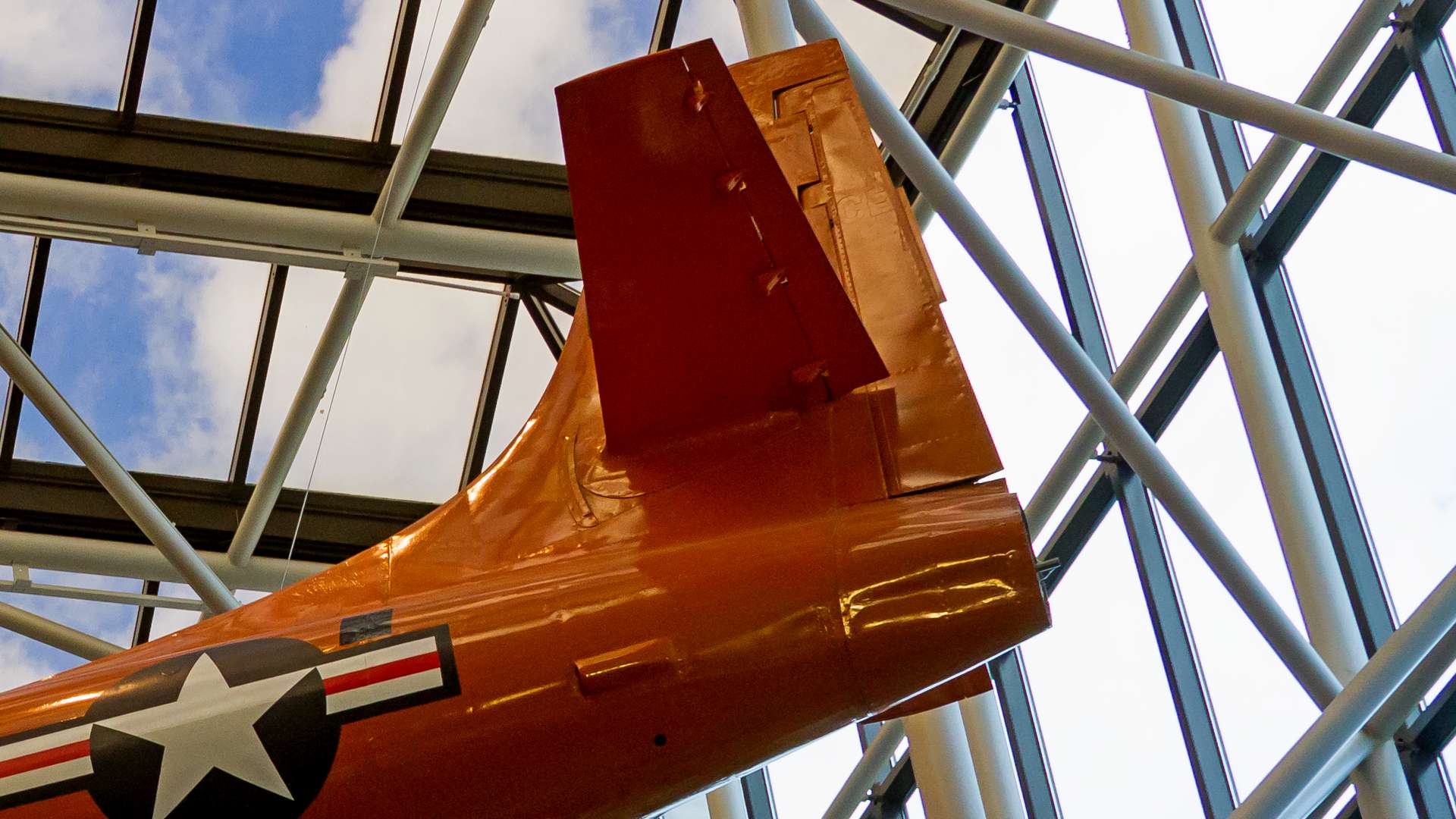
The wings were not the only international influence on the X-1 project. The controversial all-moving tailplane of the British Miles M52 was a major factor in preventing a loss of control when passing through the transonic range. As mentioned earlier, a team from Bell visited the Miles factory and was also wrestling with the issues over controllability when test flights demonstrated tremendous buffeting as the X-1 approached the Speed of Sound. Just how much influence the Miles tailplane had on Bell is uncertain, but when Yeager flew it that day, the X-1 featured an adjustable tailplane – albeit somewhat different to the Miles design.
Yeager’s historic flight was rather anti-climactic. A B-29 carrying Yeager inside his X-1, named Glamorous Glennis after his wife, climbed to 20,000ft in 30 minutes. Once released, Yeager fired the rocker motor which propelled him up to 42,000ft where he began his attempt at breaking through the Speed of Sound. This was the ninth powered flight of the X-1 and as it accelerated ever faster in the desert sky, the Mach meter jumped from 0.965 to 1.06. Firing his XLR11 for only 20 seconds, Yeager cut power and glided back down to the dry lakebed below. The world’s first supersonic flight had lasted 14 minutes from release, with only a brief part of that over Mach 1.
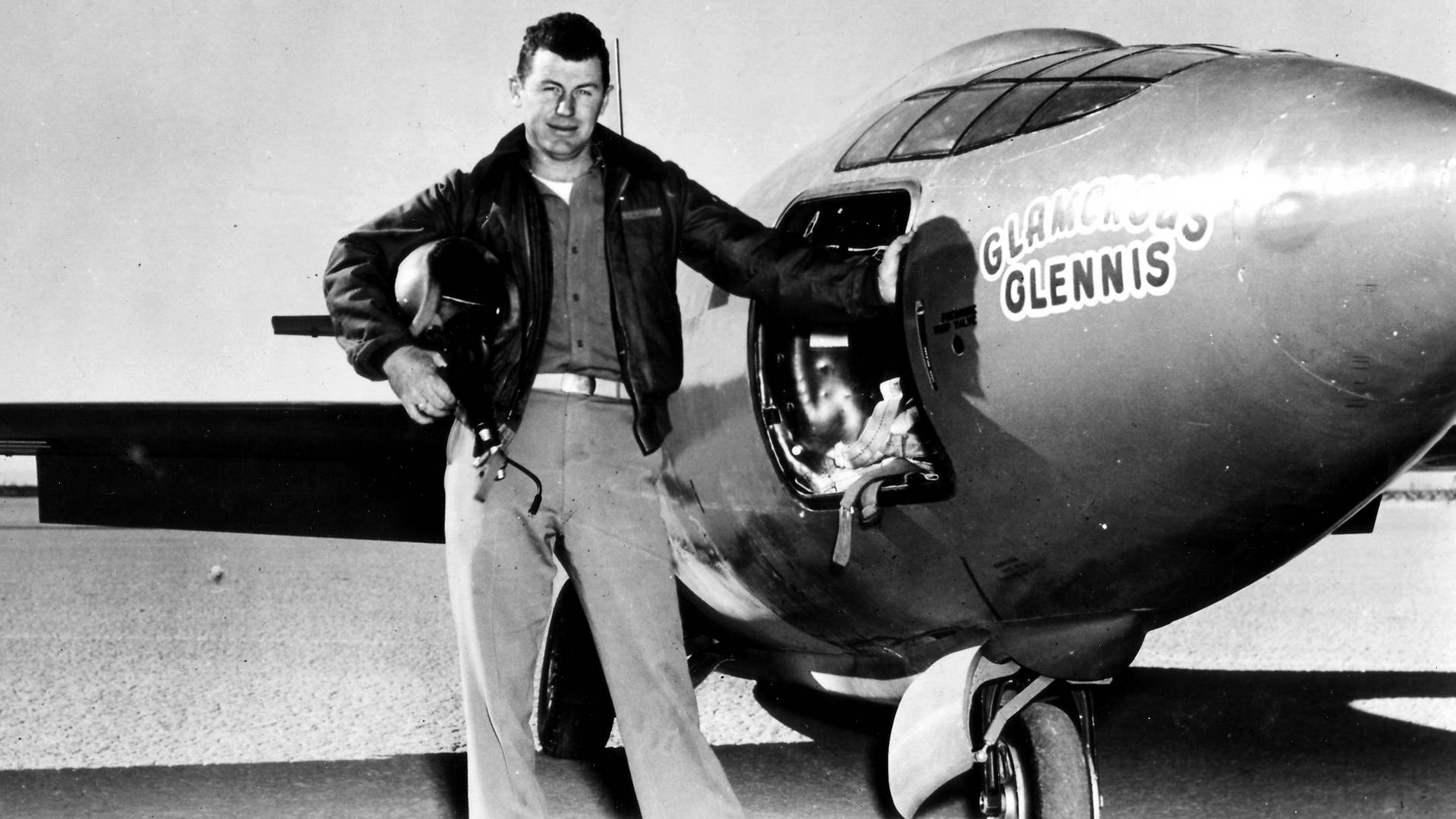
The X-1 would go on to achieve further aviation feats with a highest speed of Mach 1.45 on March 26th, 1948, and a highest altitude of 71,902ft on August 8th 1949 flown by Major Frank K Everest Jr. The president of Bell Aircraft Lawrence D Bell, NACA’s John Stack, and Chuck Yeager all received the 1947 Robert J Collier trophy for their roles in the X-1 project. Yeager was also awarded the Congressional Medal of Honour.
The first X-1, Glamorous Glennis, went on to fly 78 sorties and retired on August 26th, 1950 when it was presented to the Secretary of the Smithsonian Institute Alexander Westmore and remains on display at the National Air and Space Museum. The second X-1 was modified for the Mach 24 project and became the X-1-E, and is today on display outside NASA’s Flight Research Centre in California. The third nicknamed “Queenie” was destroyed in a ground explosion in 1951 injuring its pilot. A further three X-1s were built A, B, and D, but examples A and D were also lost due to explosions of their rockets.
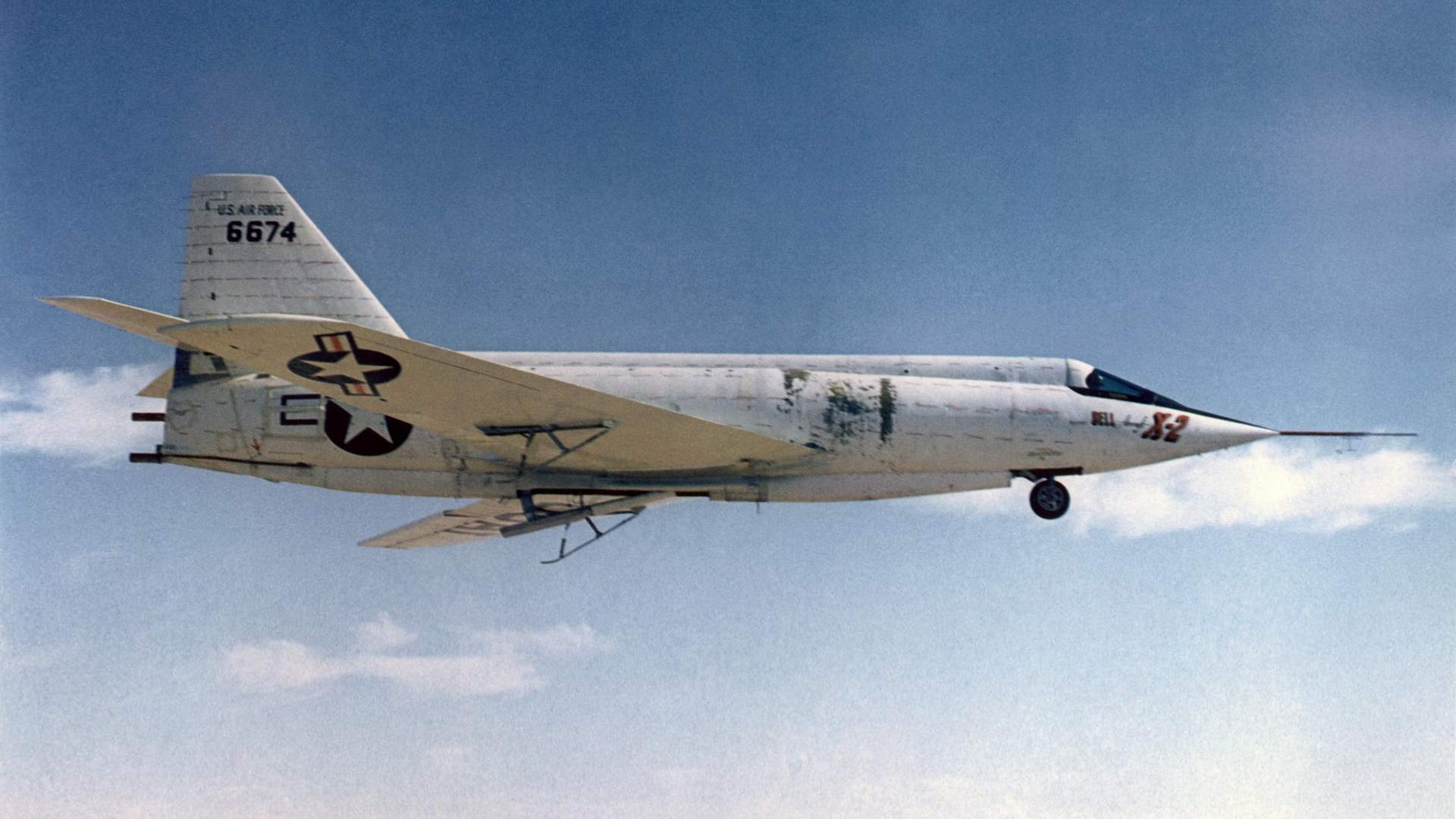
The X-2 followed on from the X-1 and was the first aircraft to exceed Mach 2. But the X-1 was the beginning of a long line of experimental aircraft that became known as the X planes, a program that continues today.
The Supersonic Age
The day Yeager broke the sound barrier aviation moved into a new age and the taming of yet another of nature’s great challenges. In the words of General Vandenberg;
“ marked the end of the first great period of the air age, and the beginning of the second. In a few moments the subsonic period became history and the supersonic period was born.”
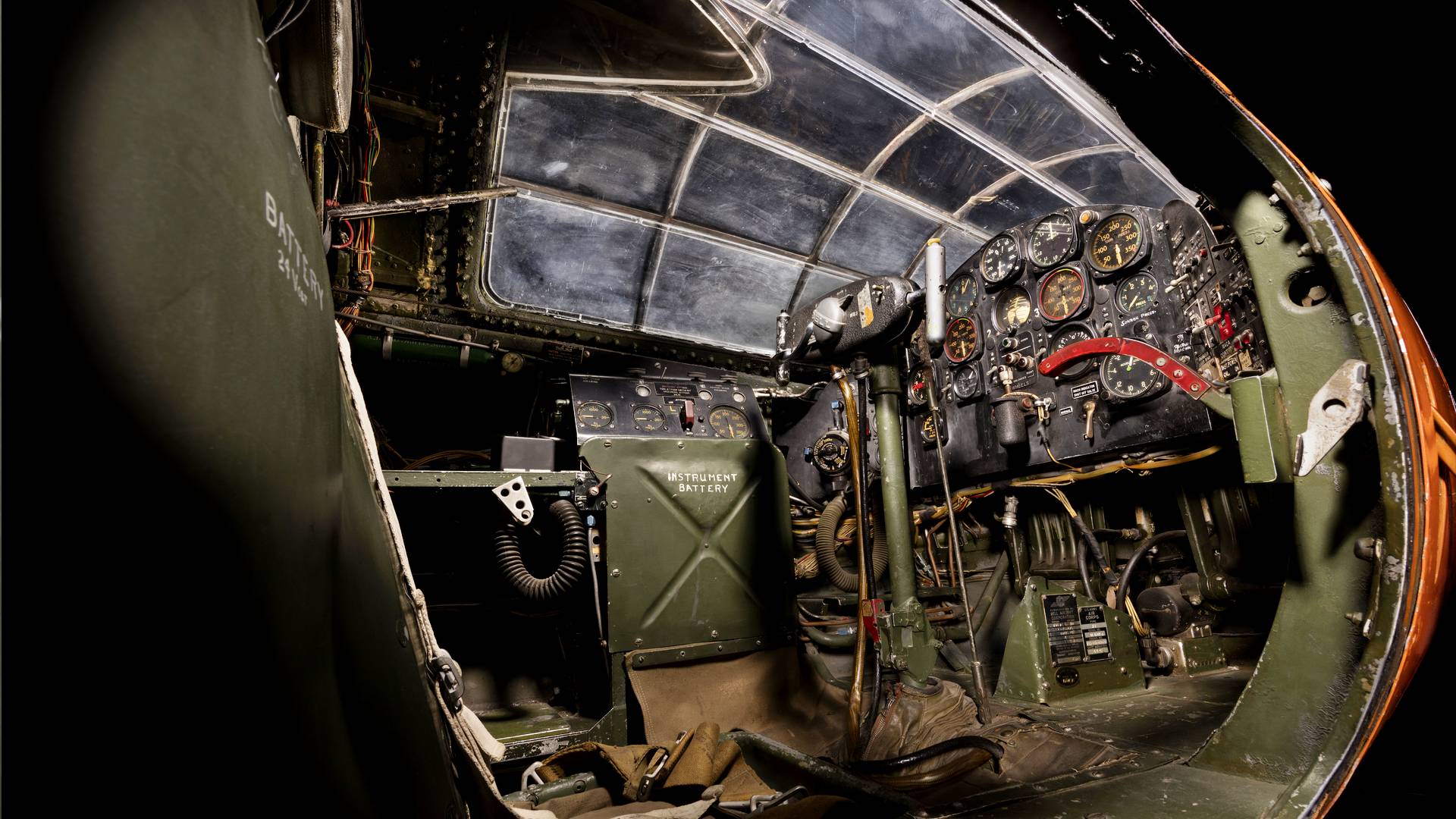
By the following decade, supersonic flight became routine for researchers and the military. New speed records were reached with incredible machines such as the Lockheed SR-71 cruising at Mach 3.2, or the exotic North American Aviation X-15 topping out at a blistering Mach 6. For a long time, however, this was the domain of the military or researchers, but in the late 1960s and 70s, civilians got their chance to experience this realm for themselves with Concorde and the Tu-144.
The development of both of these aircraft, along with the aborted American designs, showed that taking an airliner to these speeds would be just as arduous as those early years. Meant to usher in the next era of air travel, both are now consigned to the history books; such are the difficulties with commercial supersonic flight.
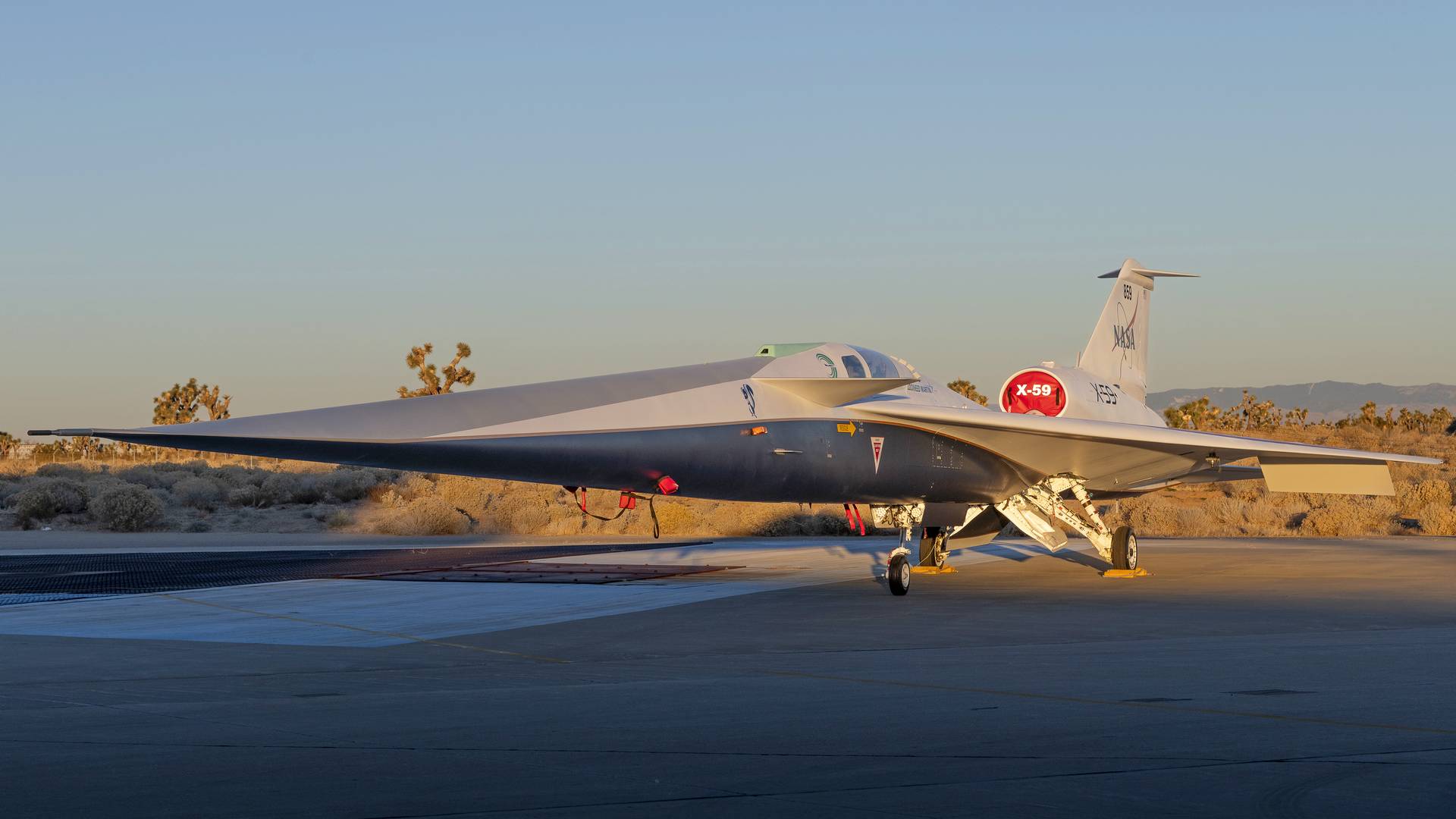
That said, this is not stopping some intrepid engineers attempting to reignite that hope with the likes of Boom Aircraft looking at a new generation of supersonic passenger transport. Or, the latest child of the X-planes program, the Lockheed Martin X-59 QueSST (Quiet SuperSonic Technology) research aircraft looking at developing ways of reducing the impact of the sonic boom which has always been the Achilles heel of supersonic transport.
Whilst some are looking to re-commercialise supersonic flight, aeroengineers at the forefront have long left the Speed of Sound behind and are now pursuing speeds utterly unimaginable to the teams behind the likes of the Bell X-1, the Miles M52, or any other of the myriad of early supersonic projects. We are on the brink of the next aviation speed age; the Hypersonic which is proving to be just as daunting as Mach 1 was to those early engineers and scientists.

To bring this history of the birth of supersonic flight to an end, I shall finish with a short story. One summer day in the year 2000, one of the 14 Concordes in service began its takeoff roll at Manchester Airport, UK. With full reheat, she roared down the runway and into the air, her sleek lines and signature delta wings glimmering in the sun.
Meanwhile, a group of schoolchildren watched, peering through the perimeter fence, before she finally disappeared into the deep blue heavens above. On the ground, those same schoolchildren were left surrounded by hundreds of car alarms, triggered as the earth reverberated from the power of those four Rolls-Royce Olympus engines. And for at least one of those young children, this very ordinary Concorde takeoff would ignite a lifelong passion for aviation – that young child, you might have guessed, was me.
The End
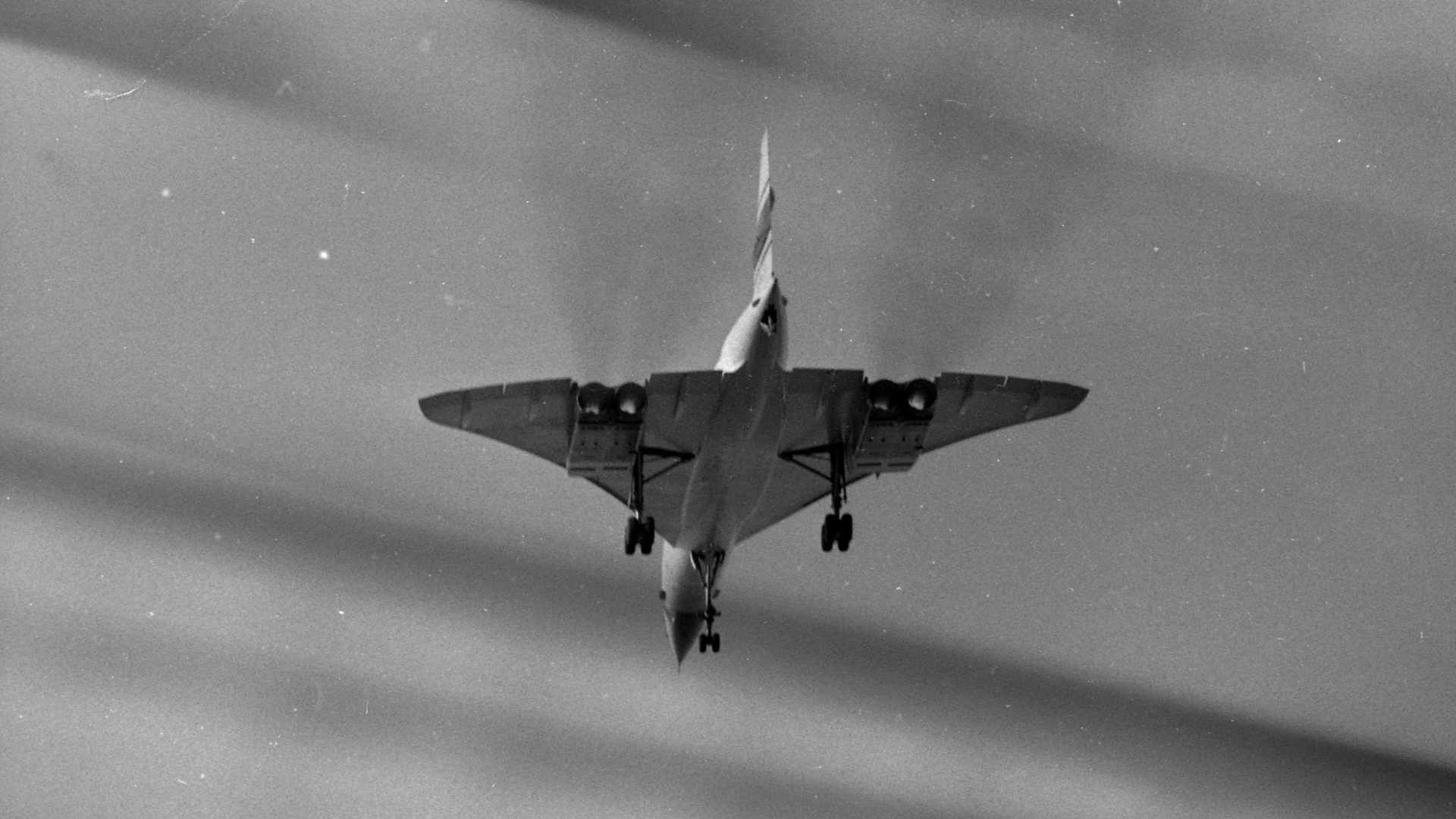
Links to previous chapters
Bibliography:
NASA History Office, The High Speed Frontier: Case Histories of Four NACA Programs, 1920-1950, by JOHN V. BECKER, Updated August 5, 2004. https://history.nasa.gov/SP-445/cover.htm
NASA’s First 50 Years: Historical Perspectives, Chapter 10, The NACA NASA and the Supersonic-Hypersonic Frontier, by Richard P Hallion, pp223-257, https://www.nasa.gov/wp-Content/uploads/2015/04/607087main_nasasfirst50yearshistoricalperspectives-ebook.pdf
ME-262 A-1 PILOTS HANDBOOK, by F D Van Wart 1st Lt Air Corps, 15th July 1946 https://zenoswarbirdvideos.com/Images/Me262/262PilotHandbook.pdf
Walkwerke.co.uk, Me.163B V6 and V18, The Walter RII-211, HWK 109-509.B, Shamus Reddin, accessed Oct-Dec 2023, http://www.walterwerke.co.uk/walter/me163c1a.htm
Smithsonian: National Air and Space Museum, Breaking the Sound Barrier: Chuck Yeager and the Bell X-1, by Bob van der Linden, 13th October 2022, https://airandspace.si.edu/stories/editorial/breaking-sound-barrier-75th
Vincenti, Walter G. “Engineering Theory in the Making: Aerodynamic Calculation ‘Breaks the Sound Barrier.’” Technology and Culture 38, no. 4 (1997): 819–51. https://doi.org/10.2307/3106951.
Planehistoria.com, DFS 346 – The German Supersonic Rocket, by Guy Davey, 27th June 2023, Accessed Oct-Dec 2023, https://planehistoria.com/dfs-346
Museum of Berkshire Aviation, The Miles M.52 Story, Accessed Oct-Dec 2023, https://museumofberkshireaviation.co.uk/html/exhibits/m52.htm#:~:text=The%20M.,be%20reached%20in%201.5%20minutes.
National Geographic, Bullet planes, fatal crashes – and the top secret British project to break the sound barrier first, by Alec Marsh, 17 FEB 2021, 17:03 GMT, UPDATED 18 FEB 2021, 05:41 GMT, https://www.nationalgeographic.co.uk/science-and-technology/2021/01/britain-through-the-sound-barrier-first
The Guardian, Letters, British technology and design in Chuck Yeager’s supersonic plane, by Philip Robins, 9th December 2020 18.11 GMT, https://www.theguardian.com/world/2020/dec/09/british-technology-and-design-in-chuck-yeagers-supersonic-plane
Tanks45.tripod.com, Jets45 Histories, de Havilland DH 108 “Swallow”, Accessed Oct-Dec 2023, https://tanks45.tripod.com/Jets45/Histories/DH108/DH108.htm
Thisdayinaviation.com, 27 September 1946, 27th September 2023, by Bryan R Swopes, Accessed Oct-Dec 2023, https://www.thisdayinaviation.com/27-september-1946
Flight and Aircraft Engineer, No 1971, Vol 1, 3rd October 1946, pp364
Thisdayinaviation.com, 26 December 1948, 26th December 2022, by Bryan R Swopes, Accessed Oct-Dec 2023, https://www.thisdayinaviation.com/tag/lavochkin-la-176/#:~:text=26%20December%201948&text=The%20La%2D176%20was%20destroyed,Sokolovsky%20was%20killed.&text=The%20La%2D176%20was%20a,from%20the%20earlier%20La%2D168.



